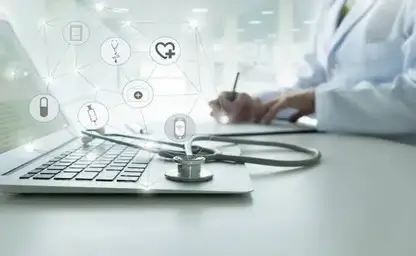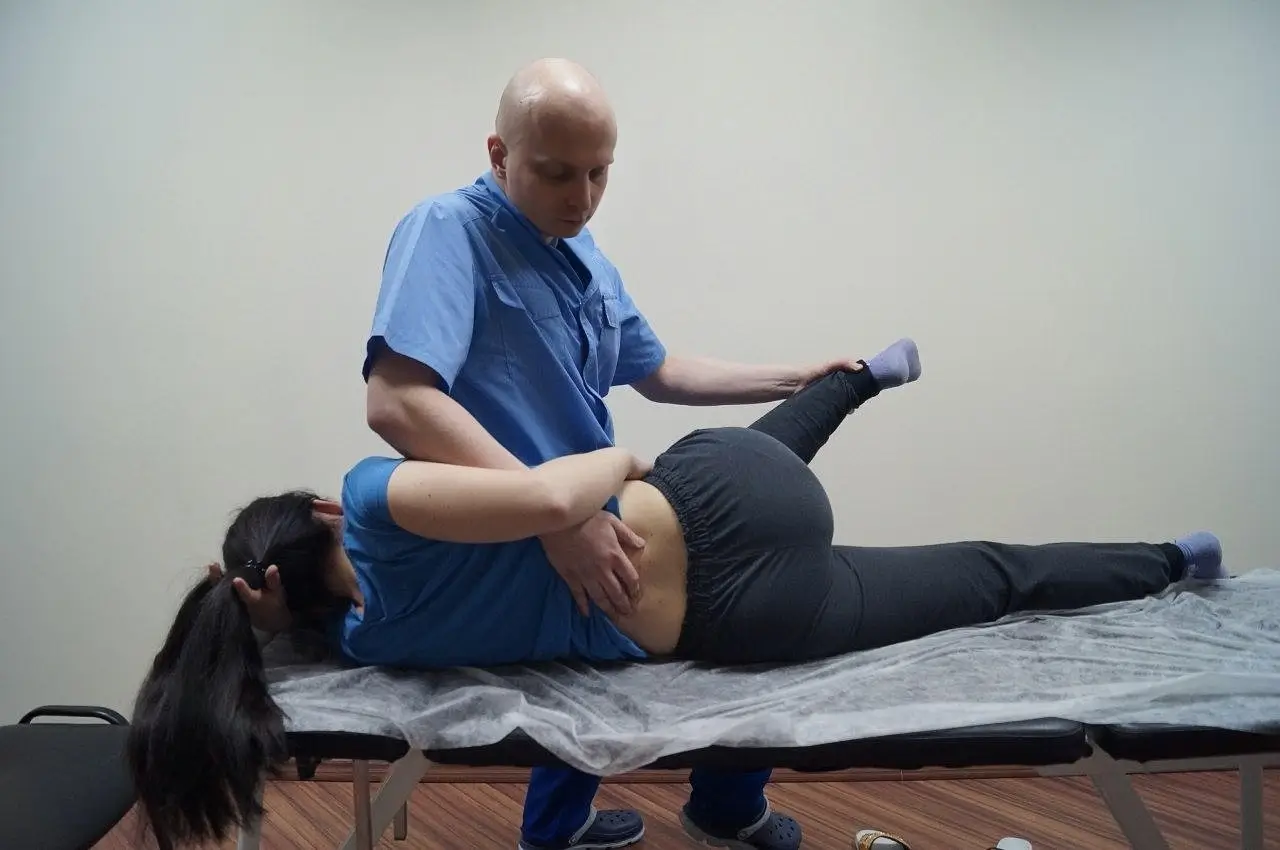

Deep Transverse Friction Massage
DTFM
Deep transverse friction massage (DTFM) is a unique therapeutic technique developed by Dr. James Cyriax, actively used in sports medicine, orthopedics, physical therapy, and rehabilitation with excellent results.
 Proper execution of deep transverse friction technique requires several essential requirements. First, adequate diagnosis of musculoskeletal injury; second, adequate knowledge of anatomy and physiology, along with good palpatory sensitivity; and third, knowledge and execution skills, ability to perform adequate friction or rubbing of damaged tissues without further damage to injured structures and worsening injury resolution.
Proper execution of deep transverse friction technique requires several essential requirements. First, adequate diagnosis of musculoskeletal injury; second, adequate knowledge of anatomy and physiology, along with good palpatory sensitivity; and third, knowledge and execution skills, ability to perform adequate friction or rubbing of damaged tissues without further damage to injured structures and worsening injury resolution.
Application of deep transverse massage
This is a technique that provides analgesic, anti-inflammatory, and healing effects for acute musculoskeletal injuries such as sprains, small myofascial tears, tendinitis and tenosynovitis, joint ligament sprains. It can also be used with excellent results after injuries to soften or eliminate fibrosis and adhesions.
Case studies:
■ Runner's foot pain.
The method is a special type of connective tissue massage aimed at maintaining mobility during the recovery of damaged soft tissues, ligaments, tendons, and muscles, as well as preventing the formation of scars and adhesions. This is why it is considered a specific connective tissue massage, as ligaments and tendons, as well as muscle fascia, are its variety, while this tissue is responsible for repair processes - recovery.
Connective tissue is a term traditionally used to describe a family of tissues originating from mesenchyme, characterized by their cells being immersed in viscous intercellular material (called extracellular matrix).
DTFM mechanism of action
The exact mechanism of transverse massage action on tissue recovery is not fully understood, however, some theoretical explanations have been proposed. It has been suggested that friction reduces local pain and improves connective tissue fiber alignment, and deep transverse friction can have beneficial effects on all three stages of recovery. As we have seen, connective tissue mainly recovers due to the action of inflammatory, vascular, and lymphatic cells, as well as fibroblasts. It is also suggested that FTP application in the initial stage of the inflammatory phase increases tissue fluid mobilization and, consequently, the degree of phagocytosis.
 During maturation, the scar is reconstructed and strengthened through removal, reorganization, and replacement of cells and matrix. It is now generally accepted that applying internal and external mechanical stress to weak, immature healing tissue with fibers oriented in all directions and any plane is the primary stimulus for fiber reorientation into linear bundles of connective tissue. Deep transverse friction creates rhythmic tension on collagen structures of connective tissue, reorienting collagen fibers in the longitudinal direction. In this sense, practice has also shown that friction is an effective treatment method if applied at the beginning of recovery (granulation and remodeling).
During maturation, the scar is reconstructed and strengthened through removal, reorganization, and replacement of cells and matrix. It is now generally accepted that applying internal and external mechanical stress to weak, immature healing tissue with fibers oriented in all directions and any plane is the primary stimulus for fiber reorientation into linear bundles of connective tissue. Deep transverse friction creates rhythmic tension on collagen structures of connective tissue, reorienting collagen fibers in the longitudinal direction. In this sense, practice has also shown that friction is an effective treatment method if applied at the beginning of recovery (granulation and remodeling).
Transverse friction massage prevents the formation of cross-links and adhesions through transverse mobilization of connective tissue collagen. In early stages of the proliferative phase, when cross-links are absent or weak, friction should be very light to cause minimal discomfort. However, in later stages, when adhesions have already formed, more intensive friction is needed.
This method is also used to reduce scar tissue formation and mobilize bridges between collagen fibers, as well as adhesions between recovering connective tissue and surrounding and adjacent tissues. Finally, intensive deep friction causes vasodilation and increases blood flow, which should facilitate the removal of chemical irritants and increase endogenous opiate transport, leading to pain reduction.
Deep transverse friction massage is an effective tool for specialists (especially in sports medicine) that allows not only accelerating tissue healing but also preventing unwanted consequences of injuries such as scars and adhesions. Regular and proper application of the technique yields good results in patient rehabilitation.
☛ Osteopathic visceral manipulation.
☛ Kinesio taping techniques.




